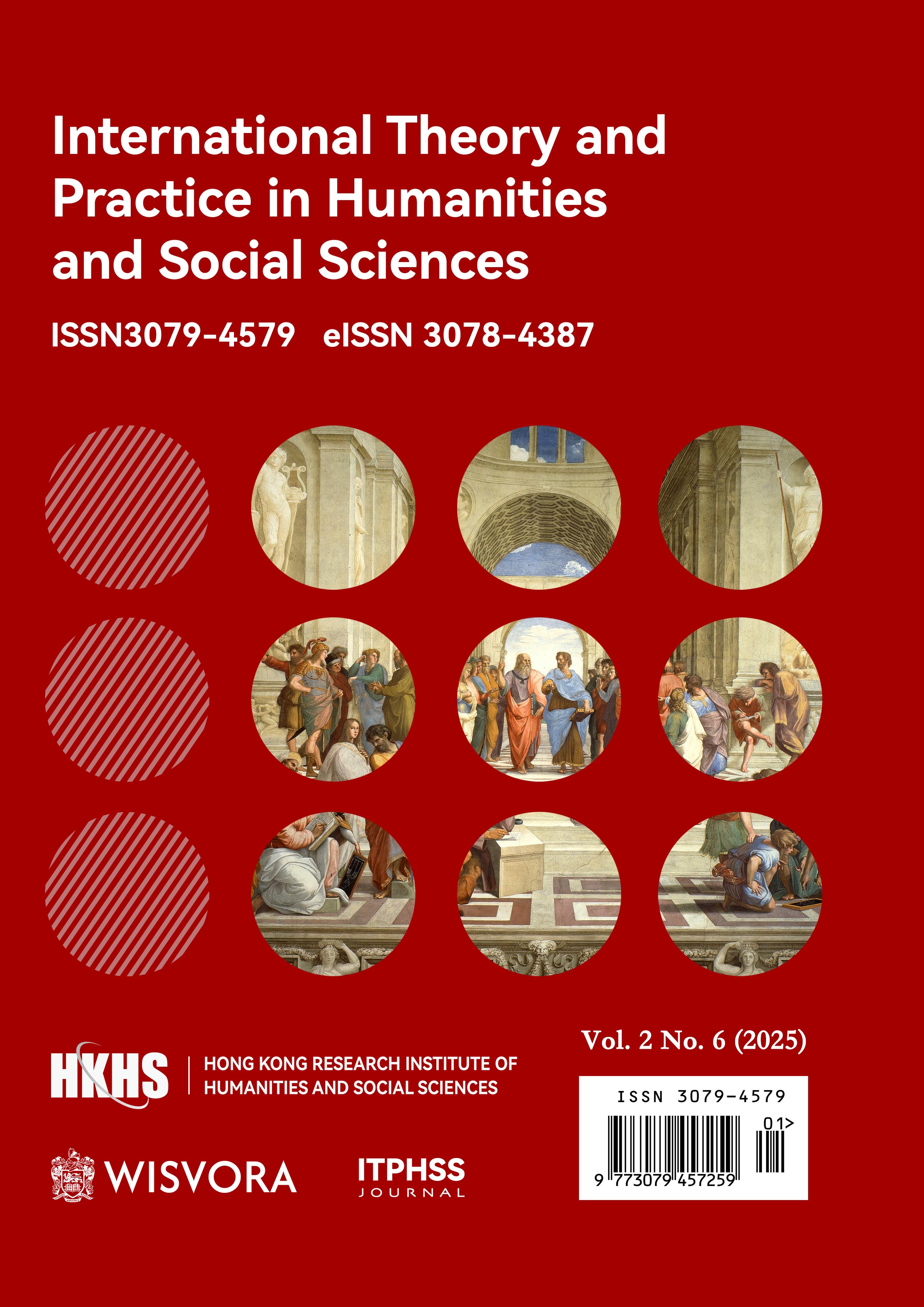Abstract
The development of traditional culture drives the upward growth of traditional art, and traditional art quietly infiltrates our lives in its own way, but only through our initiative to discover the close relationship between traditional art and modern life, we can accurately explore the modern value of traditional art and integrate it into modern life. The development of AI technology in the new era is in full swing, it brings us opportunities, such as in the way of art creation and the mechanism of inspiration to the artist, but also brings challenges, such as whether AI will be out of control and replace the artist to complete the creation, the answer is no, the advance of the times is an inevitable event, AI is still in the human cognitive category, to do a good job of the development of traditional Chinese art in the present, the inheritance of traditional culture, traditional art is still the bottom of the traditional culture, the inheritance of traditional art is still the bottom of the bottom of the bottom of the bottom of the bottom of the bottom. In order to do a good job in the development of Chinese traditional art, the inheritance of traditional culture and traditional art is still the underlying logic.
References
Wang Tingxin. Chinese traditional art and the daily life of modern people[J]. Research on Ethnic Arts,2024,37(05):5-14.
Beijing Painting Academy. Opportunity? Challenges? -Chinese Art Creation in the Age of AI,2024.12.
Han Linder. The Aesthetic and Artistic Characteristics of China [M]. Beijing: Life - Reading - Xinzhi Sanlian Bookstore, 1998.02:27.
Jean-Jacques Rousseau. On science and art [M]. Shanghai People's Publishing House:202303.36.
Lü Simian. History of Qin and Han [M]. Beijing: New World Press, 2009.07: 534.
The book writing team . Learning Theory Series 4 [M]. Hohhot: Inner Mongolia People's Publishing House, 2021.12:12.
Wang Yichuan. University aesthetics [M]. Beijing: Higher Education Press, 2007.01.
Xi Jinping. Xi Jinping's important speeches in a single volume Combined edition 2023 [M]. Beijing: People's Publishing House, 2024.01:39.
Xu Fuguan. The spirit of Chinese art [M]. Shanghai: East China Normal University Press, 2001.12: 128.22.
YANG, H. (2025). Artificial intelligence art robots: the future of technological art or the end of the human artist? International Theory and Practice in Humanities and Social Sciences, 2(1), 243-251. https://doi.org/10.70693/itphss.v2i1.85.
You Guangzhong, Huang Daixie, eds. Dictionary of Chinese and Foreign Poetry [M]. Chengdu: Sichuan Dictionary Press, 2020.1: 631.
Zhan, H., Dai, L., & Huang, Z. (2019). Deep Learning in the Field of Art. Proceedings of the 2019 International Conference on Artificial Intelligence. DOI: 10.1145/3349341.3349497.
Zhu Liangzhi. The Wind and Lotus of the Qu Yuan: Ten Lectures on Chinese Art [M]. Hefei: Anhui Education Press, 2003.05: 2.

This work is licensed under a Creative Commons Attribution 4.0 International License.
Copyright (c) 2025 Jianing Xing (Author)

